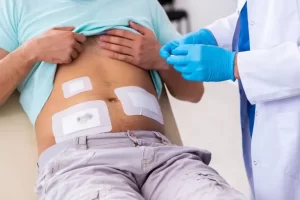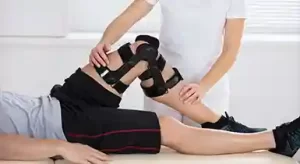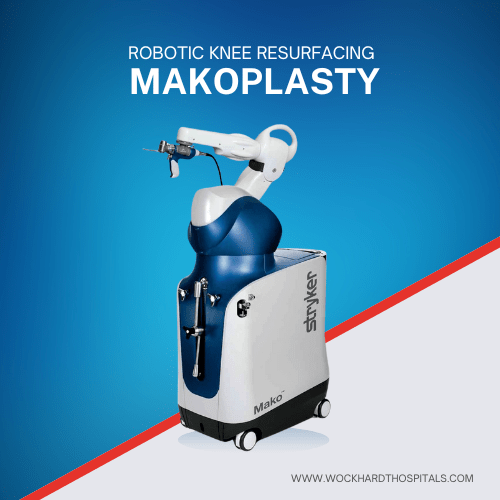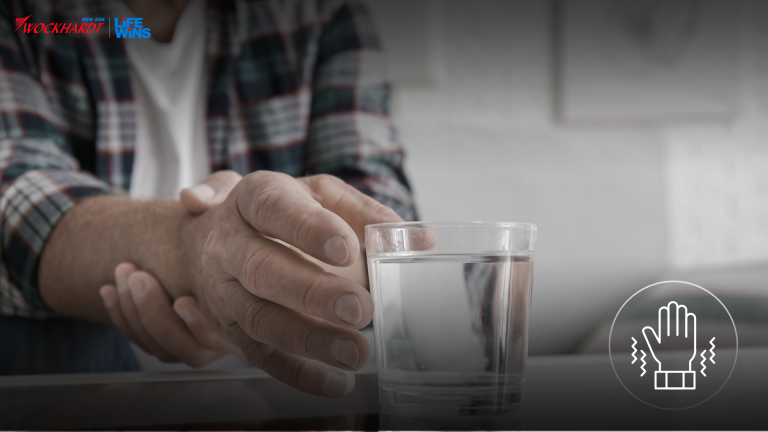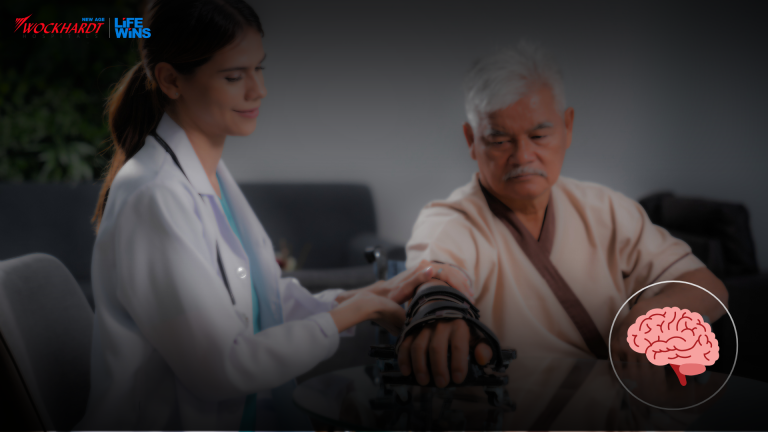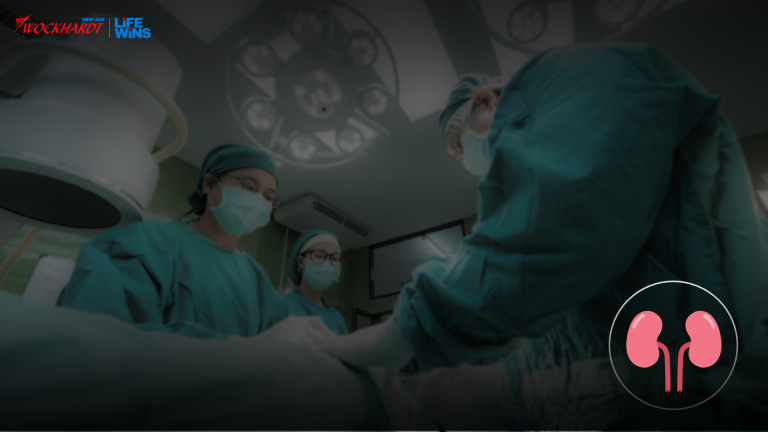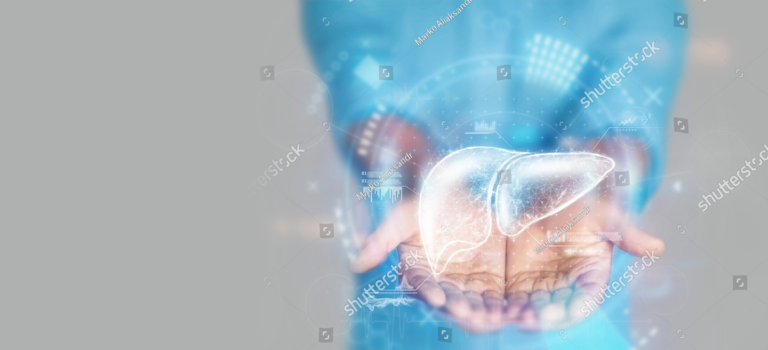
When a wound does not stop to bleed….don’t ignore the sign
World Haemophilia Day is recognized worldwide to increase awareness of haemophilia and other inherited bleeding disorders. This is a critical effort since with increased awareness comes better diagnosis and access to care for the millions who remain without treatment. Hemostasis is the process by which bleeding is arrested after injury to blood vessels. In bleeding disorders, the blood clotting mechanism is deficient and after an injury or wound it can result in heavy or prolonged bleeding. What bleeding disorders have in common that they make it hard for bleeding to stop, which can cause problems during emergencies and surgeries. Bleeding disorders are passed down (genetic predisposition) from parents to child, but can in some cases show up without any other family members having it. Two most common condition is Haemophilia is likely the most known bleeding disorder and Von Willebrand disease (VWD) . The signs and symptoms are very typical. Don’t ignore these signs and symptoms below which are associated with bleeding disorders: • Bleeding lasts longer than usual• Nose bleeds may happen for no reason• Bleeding may stop and re-start unexpectedly• Bruises and may occur frequently. Bruises may be large. Bruises may be unexplained.• Blood may be present in the urine or stool• Dental bleeding may take longer to stop• Bleeding in joints with swelling• For women, menstrual periods may be very heavy or last a long time.• Joint and/or muscle pain or swelling after minor accident or injury• Small red spots on the skin (petechiae); may sometimes look like a rash• Small purplish spots on the skin (purpura) or large purplish lesions (ecchymosis) caused by bleeding under the skin• Blood in the stool; bleeding from the digestive tract• Arthritic-type symptoms from damage from bleeding into joints• Loss of vision with bleeding in the eyes• Chronic anemia (often iron deficiency anemia) Some indicative Pathological tests that determine bleeding disorder include:• Complete blood count show decreased platelets may indicate a platelet disorder and anemia (low Hb) may indicate due to excessive bleeding.• Coagulative factors show the Decreased activity of one or more factors may indicate factor deficiency or specific factor inhibitor. Prothrombin time (PT) and partial prothrombin time (PPT) are low as well as other blood clotting and coagulative intrinsic factors parameters. General Treatment of these conditions: Bleeding disorders generally need specialized consultation and advice as there are chronic conditions. Apart from iron supplements, blood transfusions, and clotting factors, it is better to consult a haematologist for a proper treatment plan. Haematology is the branch of medicine concerned with the study, diagnosis, treatment, and prevention of diseases related to the blood. It involves diagnosing and further management of diseases that affect the production of blood and its components, such as blood cells, haemoglobin, blood proteins, bone marrow, platelets, blood vessels, spleen, and the mechanism of coagulation.A few of these different types of blood conditions that are looked at include anaemia, thalassemia, haemophilia, general blood clots, bleeding disorders, blood cancers etc. are also treated by a haematologist. At Wockhardt Hospitals, we have essentially a team of highly trained haematologist, haemat-oncologist nurse clinicians, physical and occupational therapists who are all equipped to provide patients with care in the field of Haematology. To know more about bleeding disorders and if you are experiencing any of these signs and symptoms please consult our hematologist at Wockhardt Hospitals, Nagpur.













